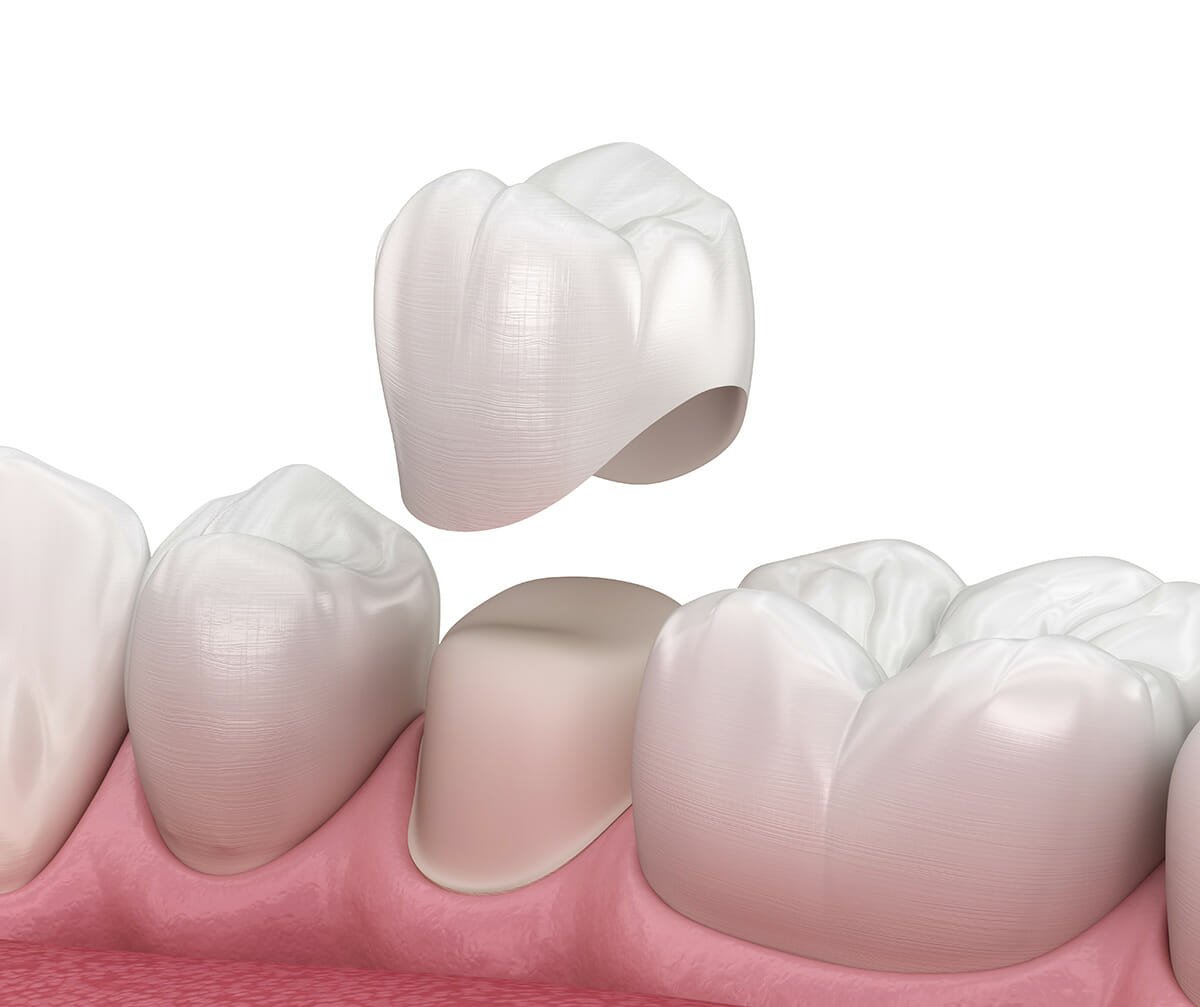Partial Coverage or Full Coverage: What Is Best for Your Tooth?
It is essential to carefully assess the condition of a patient's tooth and consider various factors when deciding between complete (crown) or partial coverage (inlay and onlay) restorations. Each option has its own benefits and indications. The choice ultimately depends on the specific clinical situation and Dr. Herbert Birnbaum can help you inform and make the best decision.
Tooth Damage Extent
The extent of the tooth damage is a crucial factor in determining the appropriate restoration. A complete crown is used when a significant portion of the tooth is damaged or compromised, such as in cases of extensive decay, fractures, or large fillings. The crown covers the entire visible portion of the tooth above the gumline, providing maximum protection and support to the weakened tooth structure. On the other hand, inlays and onlays are used for more conservative restorations when the damage is limited to a smaller portion of the tooth. Inlays are placed within the grooves of the tooth surface, while onlays extend over one or more cusps of the tooth.
Preservation of Tooth Structure
Preserving as much natural tooth structure as possible is a fundamental principle in dentistry. In some cases, a partial coverage restoration like an inlay or onlay may be preferred over a crown because they require less reduction of healthy tooth structure. With a crown, the tooth needs to be shaped to accommodate the thickness of the restoration, which involves more aggressive enamel removal. Inlays and onlays, being more conservative, allow for a better preservation of the tooth's natural integrity.
Strength and Durability
Crowns generally provide greater strength and durability compared to inlays and onlays. Since crowns fully encase the tooth, they provide excellent support and protection, making them suitable for heavily damaged or weakened teeth. Inlays and onlays are more suitable for moderately damaged teeth, as they provide a good balance between strength and preservation of tooth structure.
Aesthetic Considerations
For teeth in the esthetic zone (front teeth that are visible when smiling), the choice between a crown and an inlay/onlay may be influenced by the desired cosmetic outcome. Crowns can be made from various materials, including all-ceramic options that can closely match the natural tooth color, providing excellent aesthetics. However, advancements in dental technology have also made it possible to create esthetically pleasing inlays and onlays that blend well with the natural tooth color.
Tooth Function
The functionality of the tooth is essential when choosing between a crown and an inlay/onlay. If the tooth undergoes significant chewing forces or is involved in supporting neighboring teeth, a crown may be the preferred choice for its superior strength. Inlays and onlays are better suited for teeth with moderate chewing forces, as they offer sufficient reinforcement while preserving more of the natural tooth structure.
Patient Preference and Budget
As with any dental treatment, patient preference and budget considerations should be taken into account. Crowns tend to be more expensive than inlays and onlays due to the complexity of the procedure and the materials used. Some patients may prefer a more conservative approach if their budget is a concern, and in such cases, inlays or onlays can be a viable option.
Contact Dr. Birnbaum today at (617) 965-1400 or book your appointment for your professional dental checkup or cleaning today.

